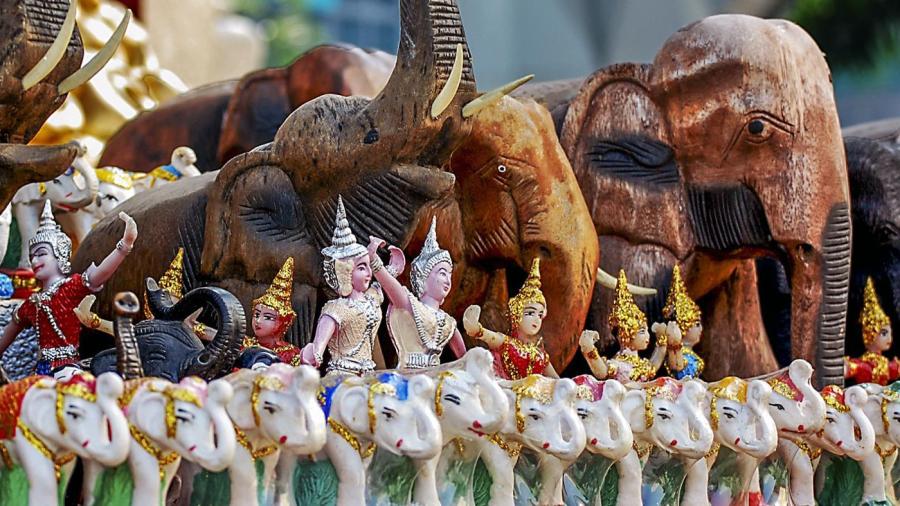How Do Hindus Worship?

Hindus worship by venerating religious icons and images called “murtis,” and by reciting prayers called “mantras.” Hindu worship is simply called “puja,” which literally means “honor.”
Puja often takes place outside the temple, and it is mostly done individually as opposed to in a communal form of worship. Puja mainly takes place in the home, where Hindus set up a special shrine for their favorite gods and goddesses. A shrine may be as simple as a small picture or statue or a small altar; it can also be big enough to occupy an entire room.
Puja is strictly done three times a day and often with all or most members of the family present. During puja, the names of the gods and goddesses are repeated as well as mantras. Water, flowers, incense and other offerings are also offered to the gods or goddesses during puja.
Puja that is done at home is not as elaborate and ritualistic as the worship that takes place in Hindu temples. Puja in Hindu temples usually involves the ritual bathing of the murtis to purify them, dressing the murtis, invoking the gods or goddesses to invite them to reside in the murtis and offering them food. Murtis are then revealed from behind a screen in an act called “darshan.”





